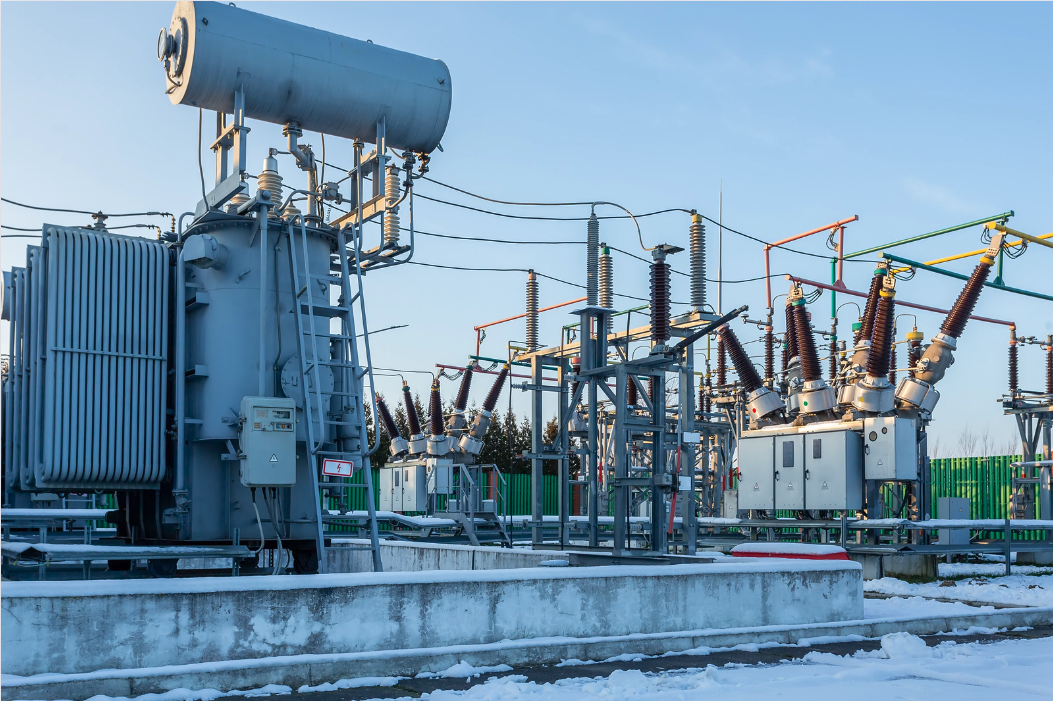Understanding Current Transformers: Definition, Types, and Uses
by Quotebeam Team
Jun 27, 2024

In electrical engineering, current transformers (CTs) play a critical role in the measurement and protection of electrical systems. These devices are essential for monitoring the current flowing through high-voltage lines and ensuring the safety and efficiency of power distribution networks. In this blog, we will explore what current transformers are, how they work, the different types available, and their various applications.
What is a Current Transformer?
A current transformer is a type of instrument transformer designed to provide a reduced current accurately proportional to the current in its primary circuit. It is used in high-voltage transmission and distribution lines to isolate measurement and control devices from high-voltage circuits. By converting high currents to a lower, safer value, CTs enable accurate monitoring and control in electrical systems.
Key characteristics of current transformers include:
- Primary Winding: The part of the transformer connected to the high-current source.
- Secondary Winding: The part of the transformer that provides a lower current to measurement devices.
- Magnetic Core: Facilitates the transfer of current from the primary to the secondary winding.
What Does a Current Transformer Do and How Does It Work?
Current transformers are primarily used for measurement and protection purposes. Here's a closer look at their functions and working principles:
Measurement
Current transformers allow for the precise measurement of high currents by stepping down the current to a manageable level. This is crucial for accurate monitoring and recording in power systems. The secondary current is typically proportional to the primary current, allowing for precise calculations and assessments.
Protection
CTs are vital for the protection of electrical equipment and systems. They work in conjunction with protective relays to detect abnormalities such as overcurrent or short circuits. When an anomaly is detected, the protective relay can trigger circuit breakers to isolate the faulty section, preventing damage and ensuring safety.
Working Principle
The working principle of a current transformer is based on electromagnetic induction. When an alternating current flows through the primary winding, it creates a magnetic field around the core. This magnetic field induces a current in the secondary winding, which is proportional to the primary current but reduced in magnitude. The ratio of the primary to secondary current is determined by the turn ratio of the transformer.
Types of Current Transformers
Current transformers come in various types, each designed for specific applications and operational conditions. The three main types are toroidal, wound, and bar-type current transformers.
Toroidal Current Transformers
Toroidal current transformers are characterized by their donut-shaped core. They are commonly used in applications where space is limited and a compact design is necessary. These transformers are often used in:
- Metering: For accurate measurement of electrical parameters.
- Protective Relaying: In protective circuits to detect fault conditions.
Wound Type Current Transformers
Wound type current transformers have both primary and secondary windings wound on the core. These transformers are used in applications requiring high accuracy and stability. They are suitable for:
- Precision Measurement: Providing accurate current measurements in laboratory and industrial settings.
- High-Voltage Applications: Used in environments where reliable performance under high voltage is crucial.
Bar-Type Current Transformers
Bar-type current transformers have a straight conductor bar as the primary winding, which passes through the core. These transformers are ideal for high-current applications and are used in:
- Power Distribution: Monitoring and controlling current in power distribution systems.
- Industrial Equipment: Ensuring the safe operation of heavy machinery and equipment.
In summary, current transformers provide essential functions in measurement and protection. Understanding the different types of current transformers and their specific uses can help in selecting the right CT for your application, ensuring accuracy, safety, and efficiency in your electrical systems.
